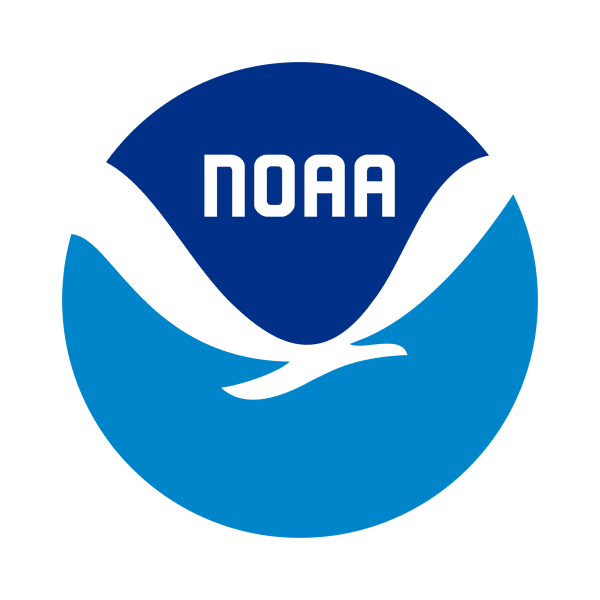The Community Foundation for Northeast Michigan and Northeast Michigan Great Lakes Stewardship Initiative reduced waste produced in school lunchrooms in Northeast Michigan.
Type of Project: Prevention
Region: Great Lakes
Project Dates: September 2020 - August 2022
Who was involved?
With support from the NOAA Marine Debris Program, the Community Foundation for Northeast Michigan and the Northeast Michigan Great Lakes Stewardship Initiative led efforts to engage youth in Northeast Michigan. By working directly with teachers and Michigan State University Extension, students examined the waste they found in their communities and school, and then developed potential solutions to reduce waste and prevent marine debris.
What was the project and why is it important?
Whether at home or at school, waste from everyday activities can be a significant source of marine debris. School lunchrooms often use a large amount of single-use items, including lunch trays and utensils. Litter in the school yard can be blown, swept, or washed into local waterways and eventually the Great Lakes.
Through this project, the Community Foundation for Northeast Michigan and the Northeast Michigan Great Lakes Stewardship Initiative engaged youth in grades 3-12 in Northeast Michigan in reducing waste produced in their schools. Teachers and their students began with a shoreline cleanup, in which they evaluated the types of trash collected.. They recorded the waste produced, then investigated changes their school could make to reduce lunchroom waste. Students learned about the impact each type of waste produced in their school has on the Great Lakes environment.
What were the results?
Food for Thought directly engaged 807 students from grades 1-12 in local cleanups at 15 locations throughout Northeast Michigan, resulting in 290 pounds of litter removed and 49.5 pounds recycled of the collected materials.
Students worked to identify solutions in their classrooms, cafeterias, or school-system to reduce marine debris. These solutions included replacing single-use utensils with reusable silverware, installing recycling bins throughout the school or a large recycling bin outside of the school, growing food in an onsite garden to reduce packaging waste, creating a food waste bin for composting food waste, and more. Many of the solutions students presented to their school’s leadership were adopted.
For more information about this project, visit the Marine Debris Program Clearinghouse.
 An official website of the United States government.
An official website of the United States government. 
